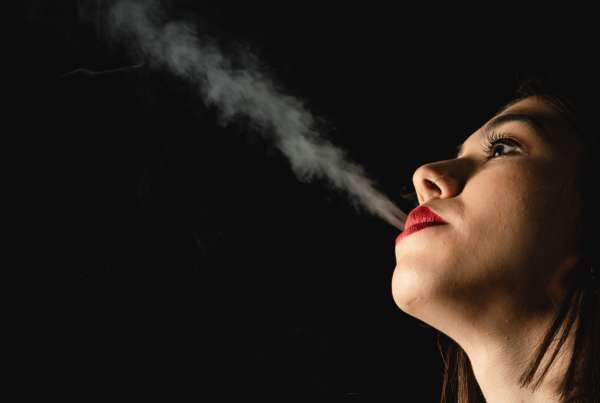
The number of college students seeking help for mental illness is on the rise, according to a recent report in the Wall Street Journal. As campuses scramble to provide sufficient services for these students, some students are seeing increases in tuition rates to cover the cost. Despite the spending increases, many schools are still lacking the number of support staff needed based on the size of the campus to handle the students in need. More concerning is the fact that one-third of all schools do not have a psychiatrist on staff at all.
Reports of mental illness on college campuses has been increasing over the last two decades. “The American Freshman” 2014 survey by UCLA’s Higher Education Research Institute found that in 1994, nine percent of college students were taking a prescription drug for a mental illness. By 2014, that number had increased to 26 percent. Nearly 10 percent of freshmen in 2014 said they felt depressed “frequently,” compared to 6.1 percent in 2009.
Type of Mental Illnesses
The two most common types of mental illnesses seen among college students are anxiety and depression. According to a 2013 report from the American Psychological Association, 41.6 percent of students seeking support for their mental disorder had symptoms of anxiety, while 36.4 percent reported symptoms of depression. Relationship issues, which are commonly associated with the college years, made up 35.8 percent of concerns.
A 2011 National College Health Assessment (NCHA) survey found that nearly 30 percent of college students reported feeling “so depressed they were unable to function.” Of that number, 6.6 percent admitted to seriously contemplating suicide at least once during the past year. The American Psychiatric Association found that half of all college students reported feeling overwhelming anxiety during the same time frame.
Mental Illness and Addiction
Addressing mental illness on college campuses is a significant concern, considering many students dealing with mental disorders may also struggle with substance abuse or addiction. According to the Center for College Health and Safety, 20 percent of students that use drugs or alcohol are also likely to experience depression at the same time. Students that use substances are also four times more likely to have a diagnosis of a disruptive behavior disorder. The statistics suggest that addressing mental illness could also have a positive impact on substance use on some campuses.
Substance abuse and addiction are serious problems that are often accompanied by mental illness. At Visions Adolescent Treatment Centers, we specialize in treating the combination of addiction and mental illness, known as a co-occurring disorder. We can help individuals address both of these issues simultaneously to improve their odds of sobriety and a higher quality of life overall. To learn more about our programs, contact Visions Adolescent Treatment Centers at 866-889-3665.
Originally posted on June 23, 2015 @ 5:11 pm






